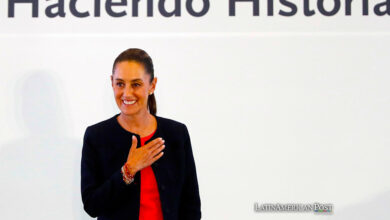Listen this article
The main reason for women's consumption are women's products that they must buy regularly

How many menstrual cycles does a woman have during her life? To talk about the difference between the expenses of men and women, we must begin with the most obvious: The expenses in hygiene products that women have just because they menstruate. On average, women begin to menstruate between 9 or 10 years old and stop doing it between 48 and 50, this means that on average, they live 40 years with menstruation, 12 menstrual periods per year that multiplied by 40 results in a total of 480.
Leer en español: A pesar de ganar menos dinero, las mujeres suelen gastar más ¿Por qué?
How much money do women spend on menstrual hygiene products? Today there is a wide variety of products for menstrual care ranging from towels and tampons to menstrual cups that have gained popularity in recent years, there are also lesser-known options such as menstrual sponges, so the amount of money that Women spend on menstrual care depends on the choice of each one when choosing which products to use.
How much do women have to spend on tampons?
Towels and tampons remain the most widely used products by women around the world, a box of 36 tampons costs approximately $7 dollars. On average a woman can use 10 tampons in a period, meaning between 6,000 and 8,000 tampons during all her life, which would cost between $1,166 and $1.555 in total. A package of 30 hygienic towels costs approximately $4, during each period about 15 towels are used, which adds between 10,000 and 12,000 towels approximately throughout the life, this represents between 330 and 400 packages that add up to $1,333 to $ 1,600.
This figure, without adding other products that women buy for menstrual care, such as analgesics to control colic and contraceptive methods such as pills that help control hormonal disorders related to dysmenorrhea or absence of the period. These products can add between $15 and $50 per month, which adds between $160 and $600 per year.
Other products that also add up
Finally, we must not forget the products that, although they do not respond to a basic need such as the period or family planning, are still mainly for women due to cultural customs, such as the use of makeup, waxing and skin care and the hair. According to the Mint website, a woman can spend $15000 throughout her life just in makeup.
If we add up all these figures, it can be said, roughly speaking, that a woman can spend between $23,900 and $42,155 more than an average man throughout her life, and despite that, according to the World Report on the ILO salaries, women earn 20% less than men.
A huge problem for women in developing countries
In some countries, women find it very difficult to afford menstrual hygiene products. "No girl has the option of not having a menstrual cycle, but not all girls, especially those who live in rural communities, can afford it," says Chiamaka Nsude, an activist who is responsible for taking menstrual care products to public schools in Nigeria.
But this problem does not only occur in African countries, a survey conducted by Reuters Health in a large city in the United States, concluded that almost two-thirds of women with low income could not buy menstrual hygiene products such as tampons or towels during the past year.
According to researchers in Obstetrics & Gynecology, more than one in five women have this problem every month. "This is not a luxury," said Anne Sebert Kuhlmann, associate professor at the College of Public Health and Social Justice at the University of St. Louis: "It's a necessity, it affects a woman's self-esteem, her sense of dignity and her ability to participate in life. "
Also read: The 'fintech' founded by women are better investment
Due to the lack of visibility of this problem, there are no government programs that cover these expenses that many women can not cover. "Products for the period are not covered by government assistance programs such as WIC and SNAP," said Sebert Kuhlmann. "And in some states, they even have a higher tax," he added.
This results in additional basic necessities that men do not have to cover, an essential expense that becomes a burden for women when they have low salaries and no help from the government.
LatinAmerican Post | María Fernanda Barinas
Translated from "A pesar de ganar menos dinero, las mujeres suelen gastar más ¿por qué?"




